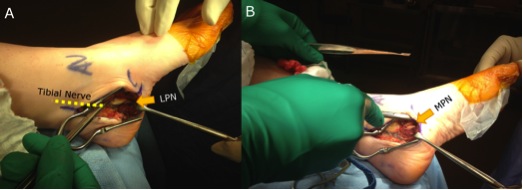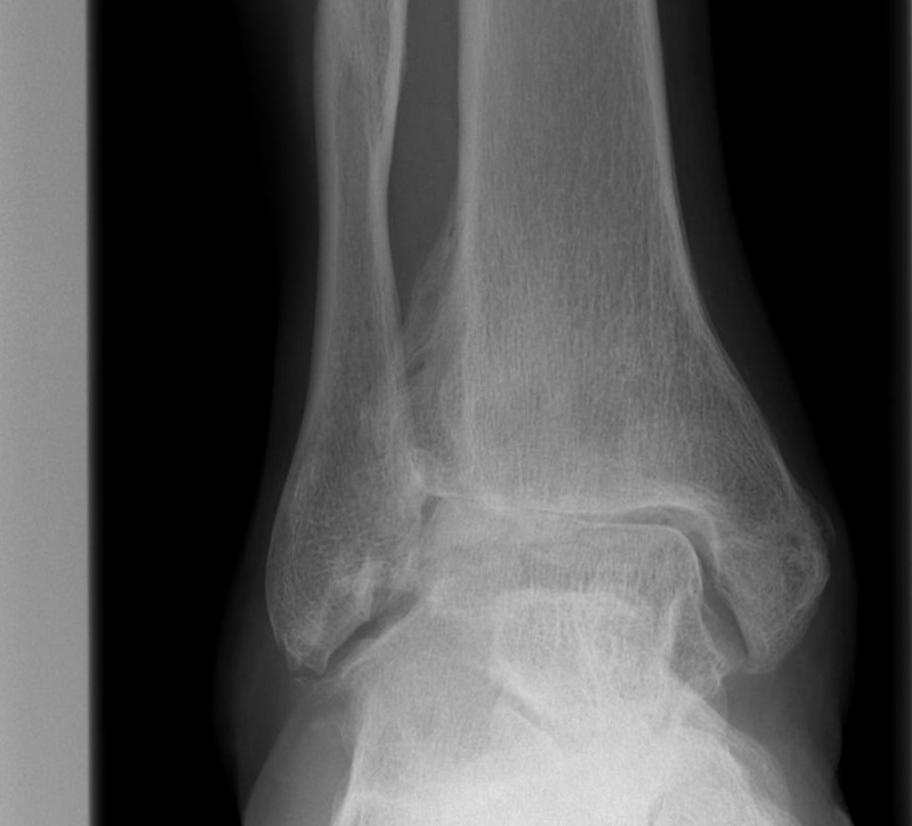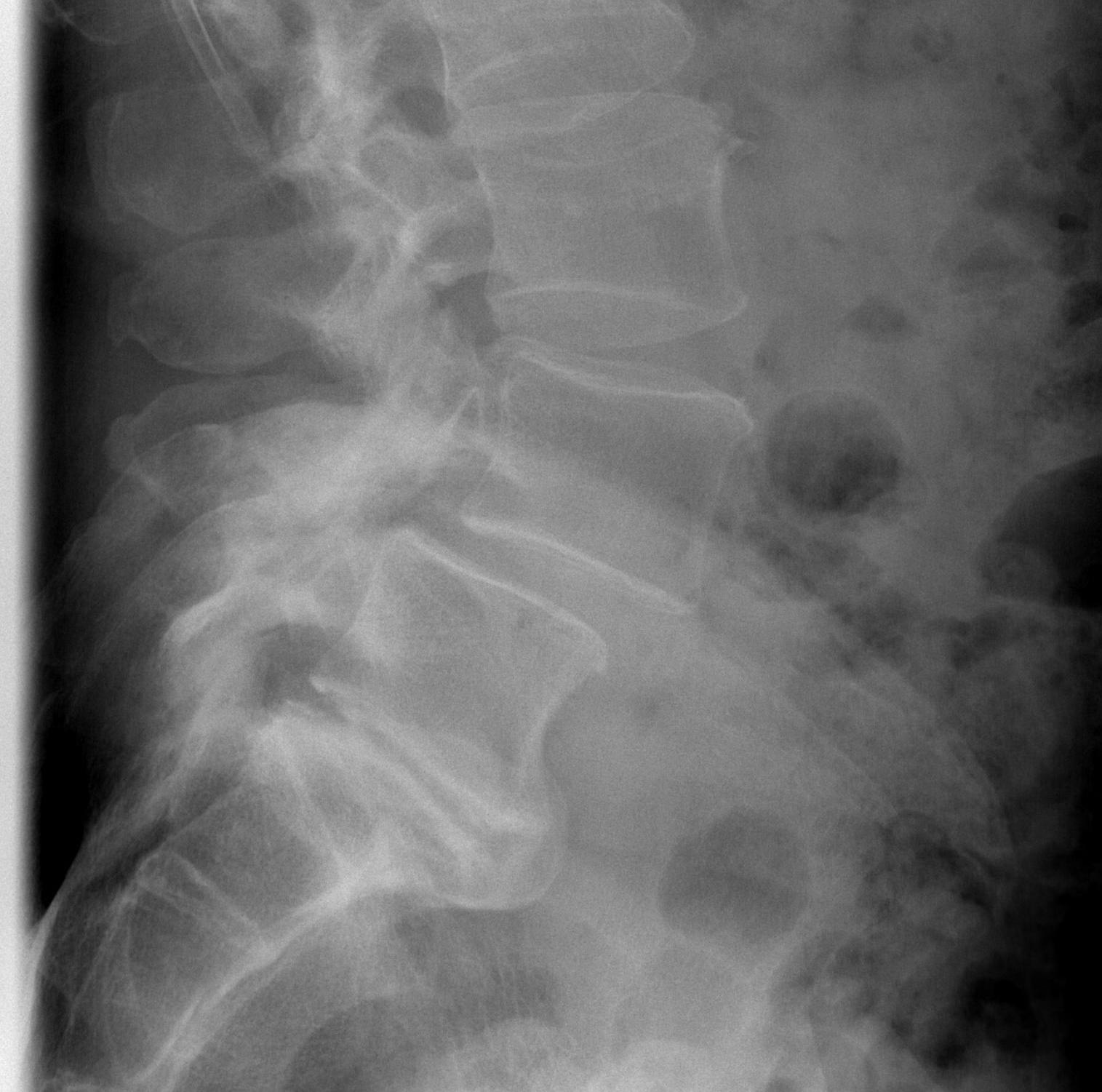Achilles Tendonopathy
Definition
Inflammation of achilles tendon; insertional or noninsertional
Spectrum
Tendonitis / Tendonosis / Rupture
Anatomy
Triceps surae
- medial and lateral gastrocnemius
- soleus
- surrounded by paratenon which allows gliding and supplies nutrition
Inserts middle 1/3 calcaneal tuberosity
- 2 x 2 cm area
- 90o rotation distally
Retrocalcaneal bursa (x2)





